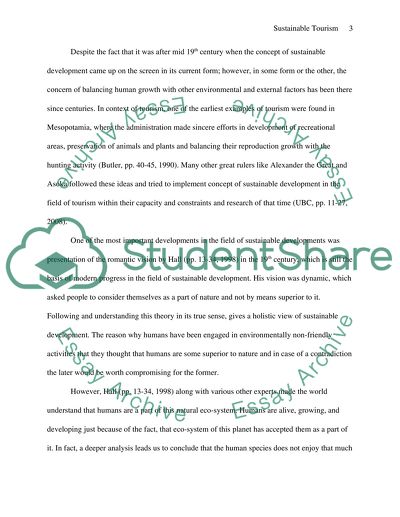Cite this document
(Sustainable Tourism Essay Example | Topics and Well Written Essays - 1500 words, n.d.)
Sustainable Tourism Essay Example | Topics and Well Written Essays - 1500 words. https://studentshare.org/tourism/1563452-sustainable-tourism
Sustainable Tourism Essay Example | Topics and Well Written Essays - 1500 words. https://studentshare.org/tourism/1563452-sustainable-tourism
(Sustainable Tourism Essay Example | Topics and Well Written Essays - 1500 Words)
Sustainable Tourism Essay Example | Topics and Well Written Essays - 1500 Words. https://studentshare.org/tourism/1563452-sustainable-tourism.
Sustainable Tourism Essay Example | Topics and Well Written Essays - 1500 Words. https://studentshare.org/tourism/1563452-sustainable-tourism.
“Sustainable Tourism Essay Example | Topics and Well Written Essays - 1500 Words”. https://studentshare.org/tourism/1563452-sustainable-tourism.


